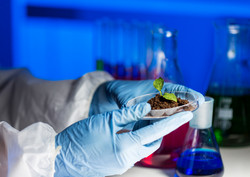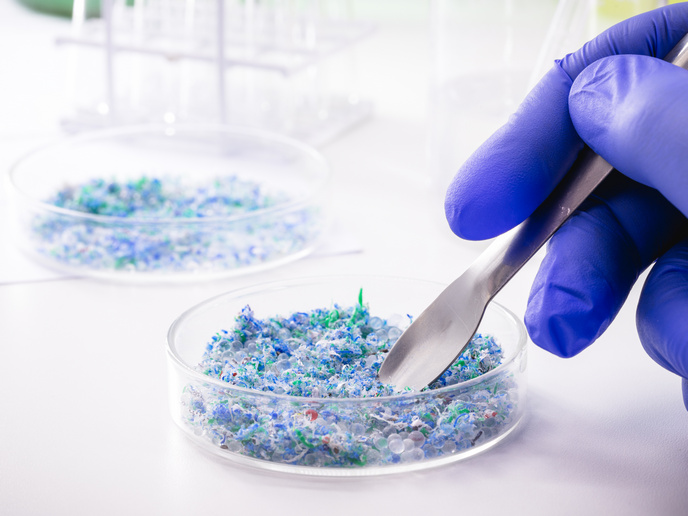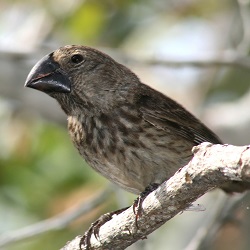How plants perceive microbes
Plant roots are colonised by both beneficial and detrimental microbes. For example, symbiotic fungi benefit plants by helping them to take up nutrients from the soil, while pathogenic fungi harm plants by causing disease. This creates a conundrum whereby plants need to allow symbiotic fungi to spread and colonise their roots but also prevent pathogenic fungi from doing damage. Precisely how plants perceive the difference between beneficial and pathogenic fungi was the topic of the EU-funded project SYMUNITY (Function of SymRK, a key protein for microbial accommodation in plants roots). Researchers focused on a gene called SymRK that acts early in the root colonisation process to perceive and allow growth of symbiotic fungi and bacteria. Recently, scientists showed that the same gene affects responses to root pathogens too. Mutant plants unable to produce the SymRK protein can no longer host symbiotic fungi. Notably they responded much stronger to the pathogenic species Phytophthora palmivora. This suggests that SymRK has a role in modulating the plant's immune response against pathogens while simultaneously facilitating interaction between symbiotic fungi and plant roots. SYMUNITY combined microscopy, molecular biology and biochemistry techniques to understand how SymRK controls this process. Researchers created a batch of plants that could not produce any SymRK and another batch that overproduced the protein. They then exposed all the plants to the pathogenic P. palmivora and looked at the plants' responses at a microscopic and genetic level. Their results indicate that SymRK receives chemical signals from immune pathways in addition to symbiotic signalling and integrate both signals to ensure cells respond appropriately. Some of these chemicals are released by pathogenic filamentous microbe spores, leading to an immune response, possibly controlled by SymRK. Exploiting plants' natural ability to fend off pathogens while promoting growth through beneficial microbe associations may reduce reliance on environmentally damaging chemical pesticides and fertilisers.







